Elgin Public Museum - Endangered Illinois Exhibit

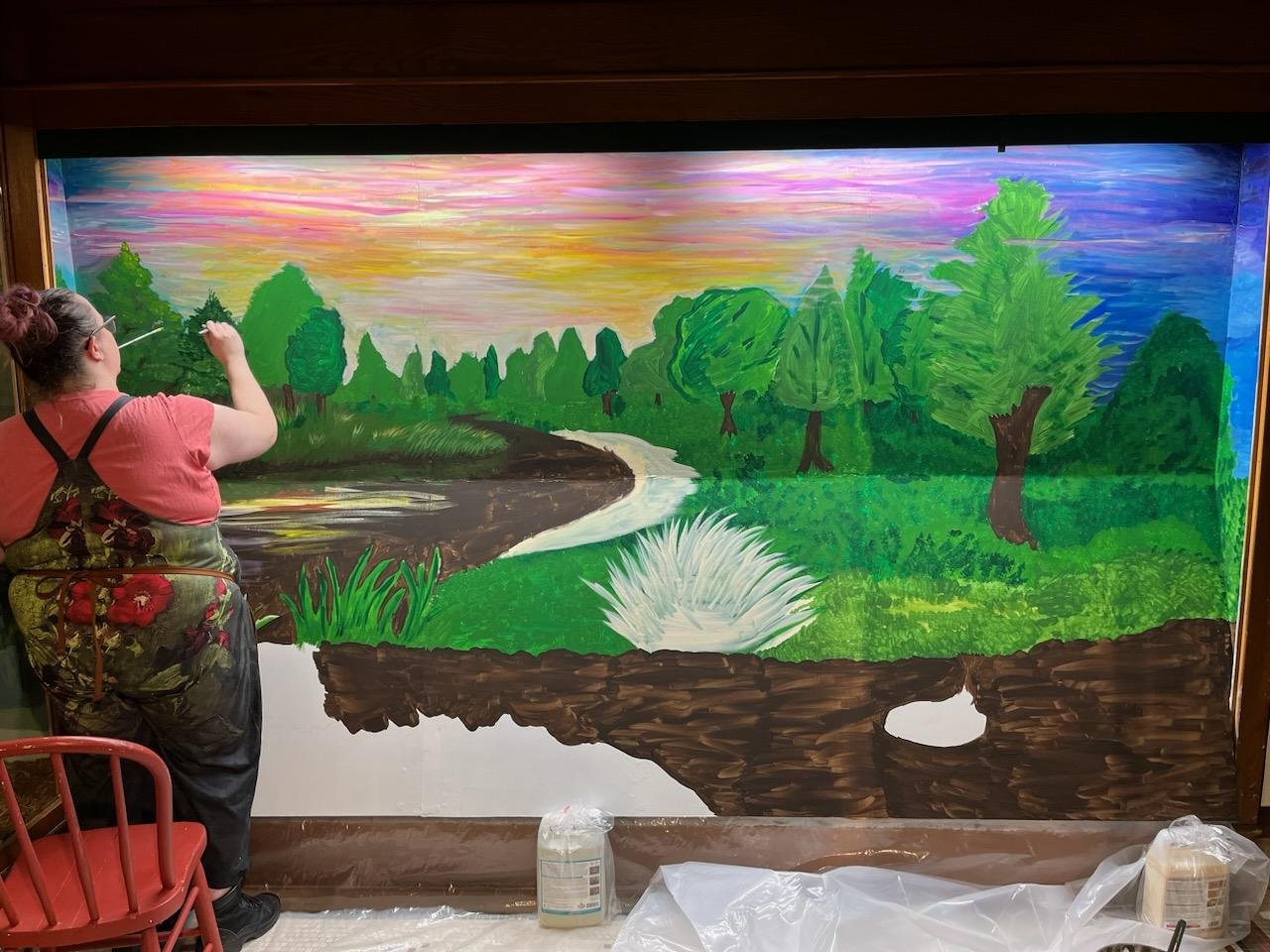

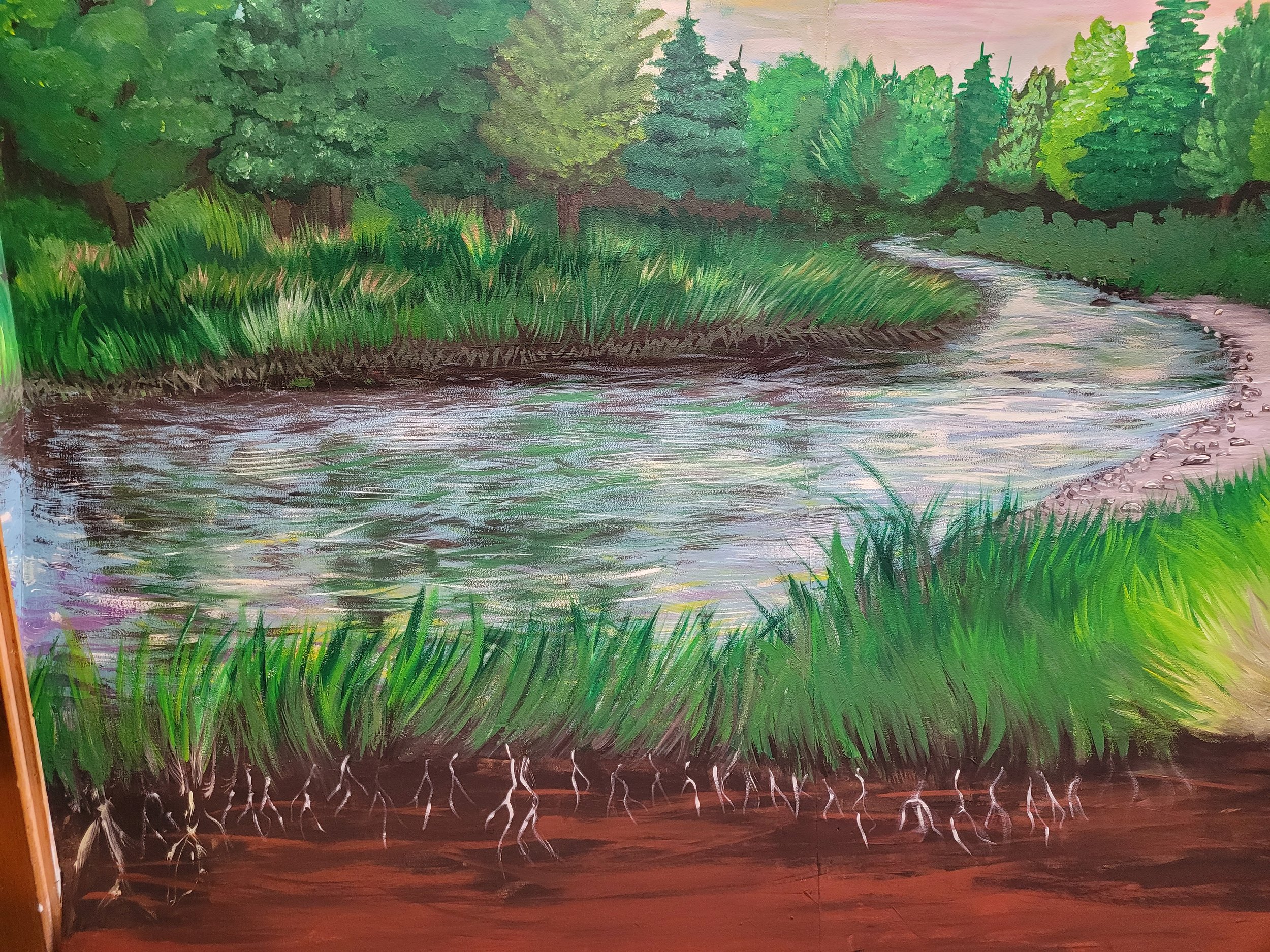
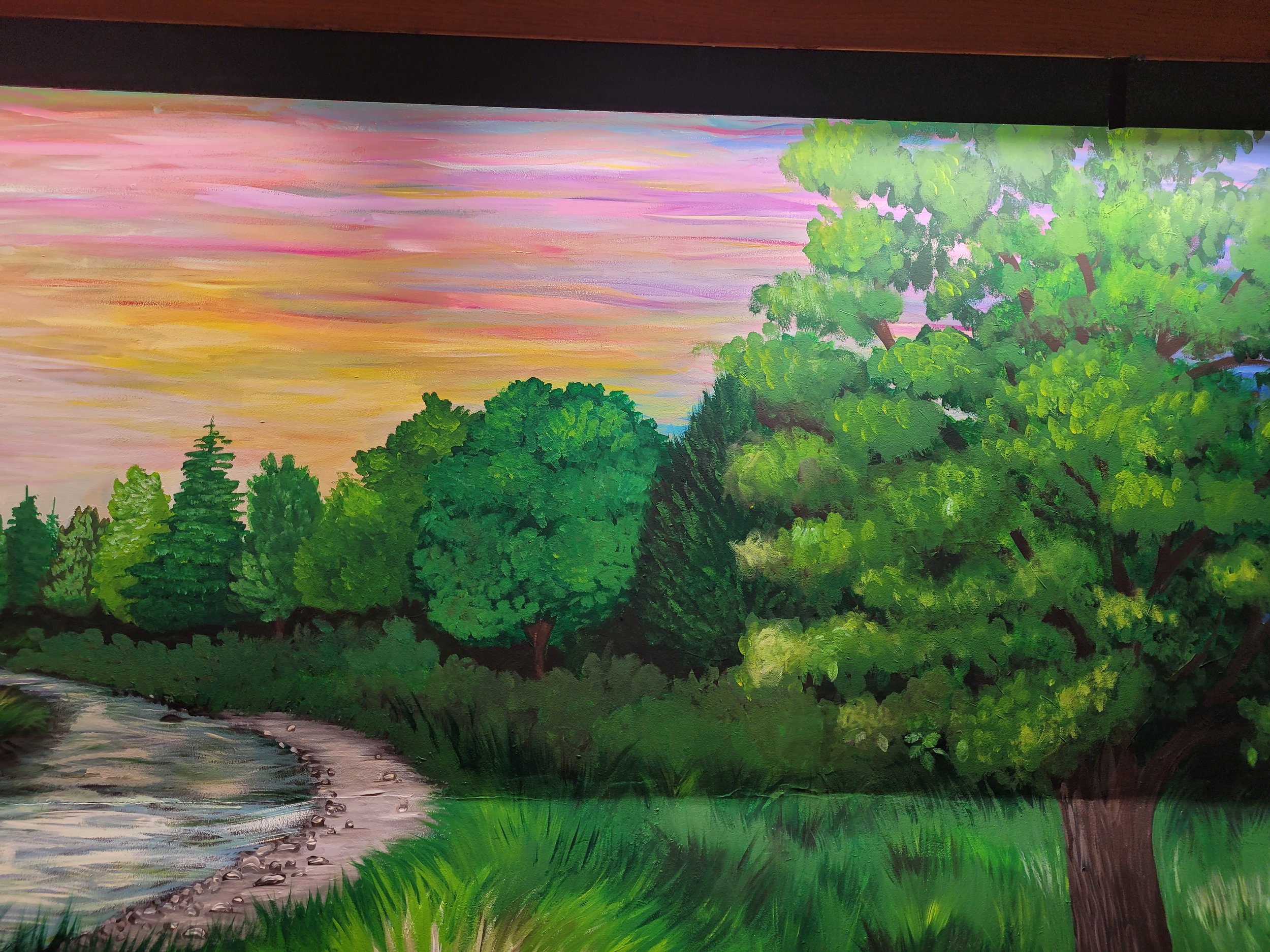
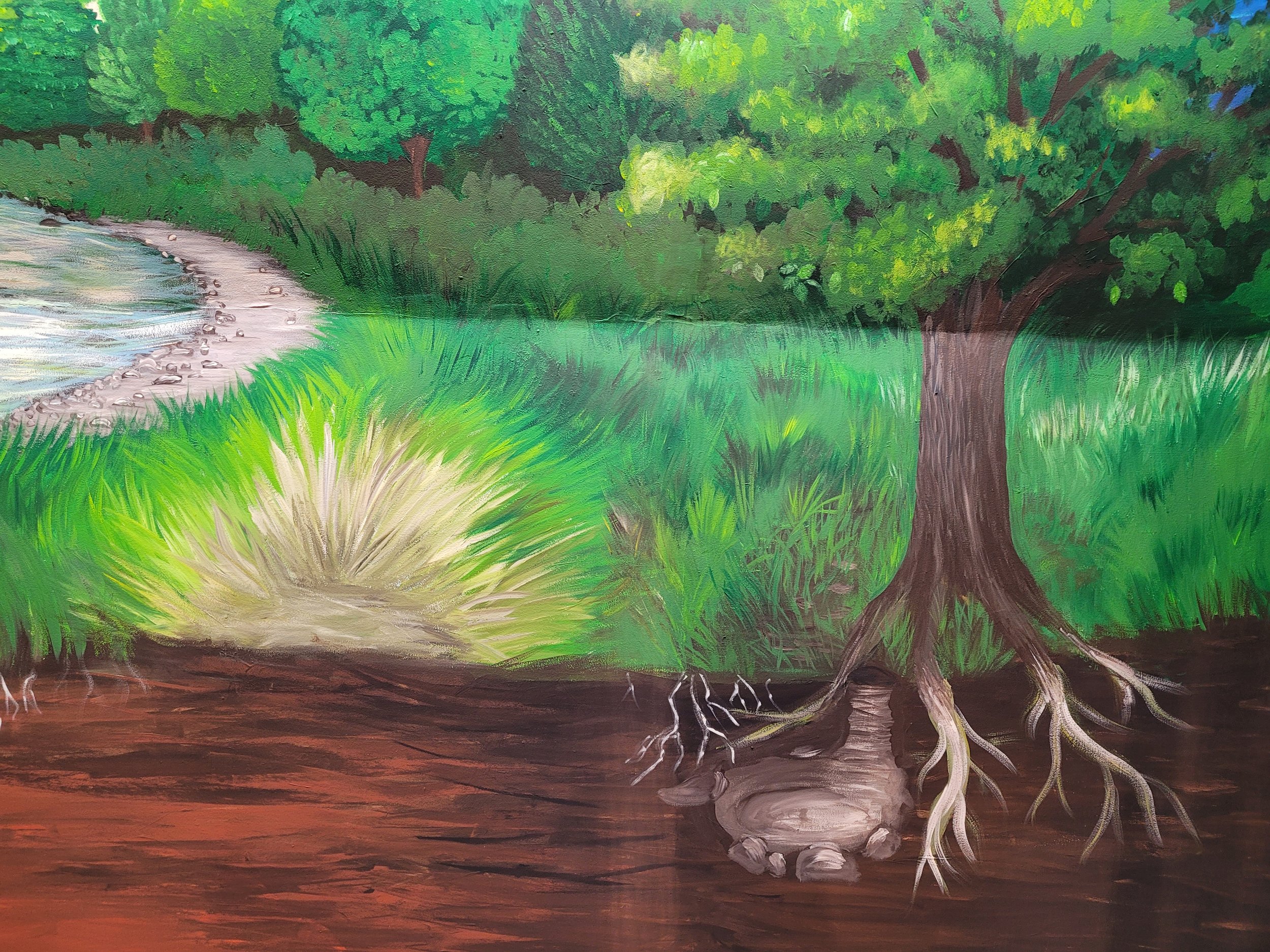
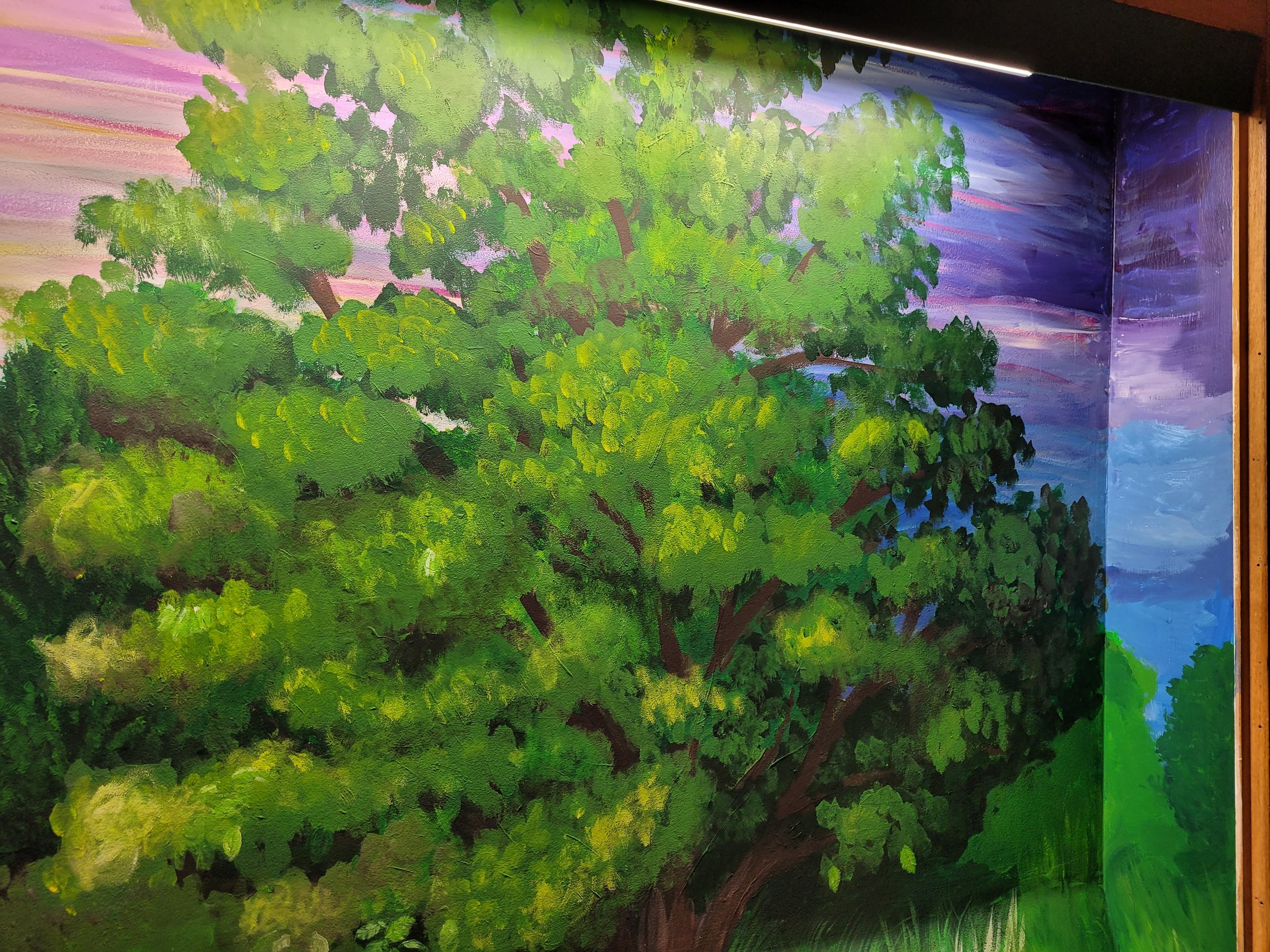
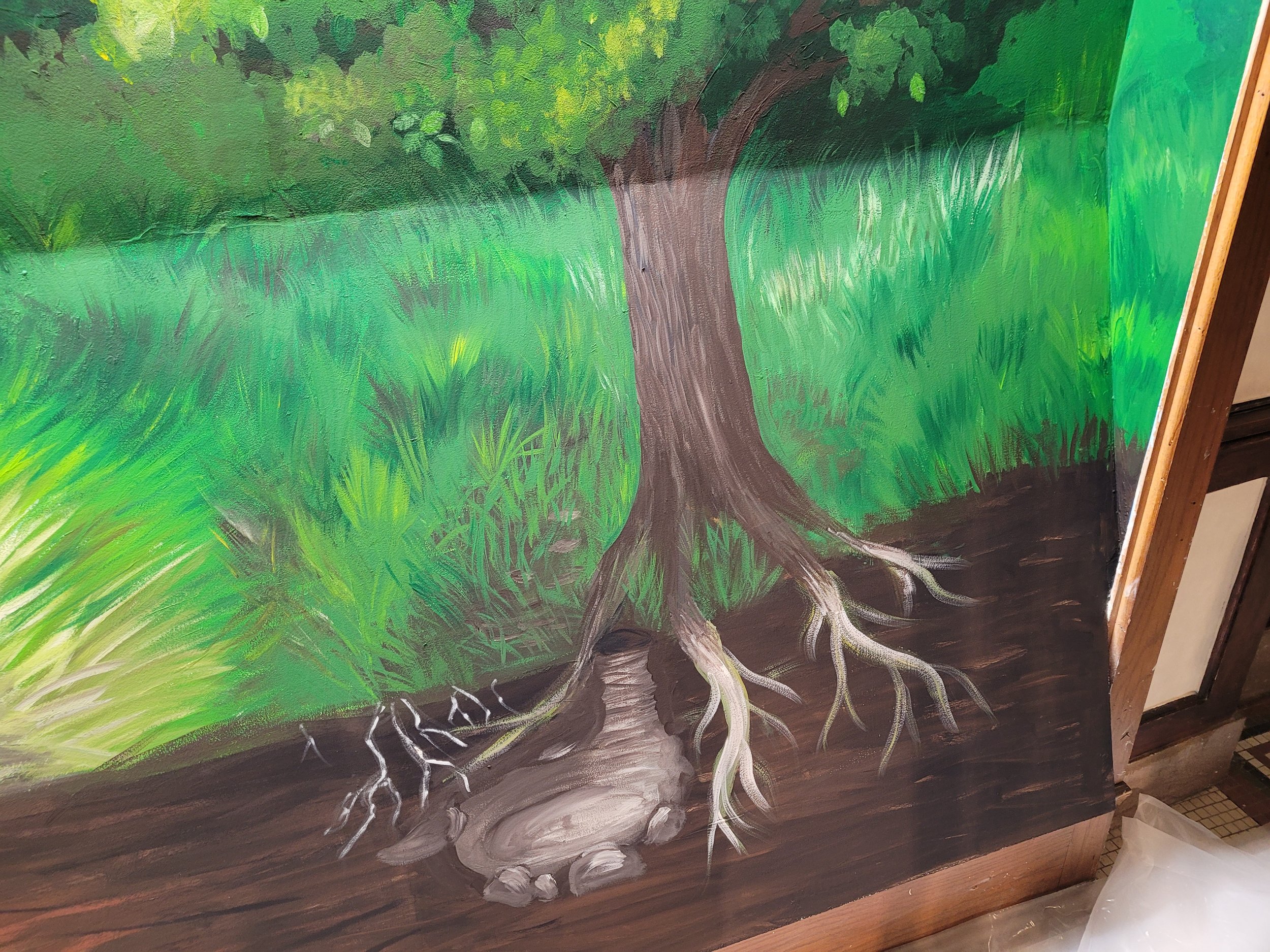
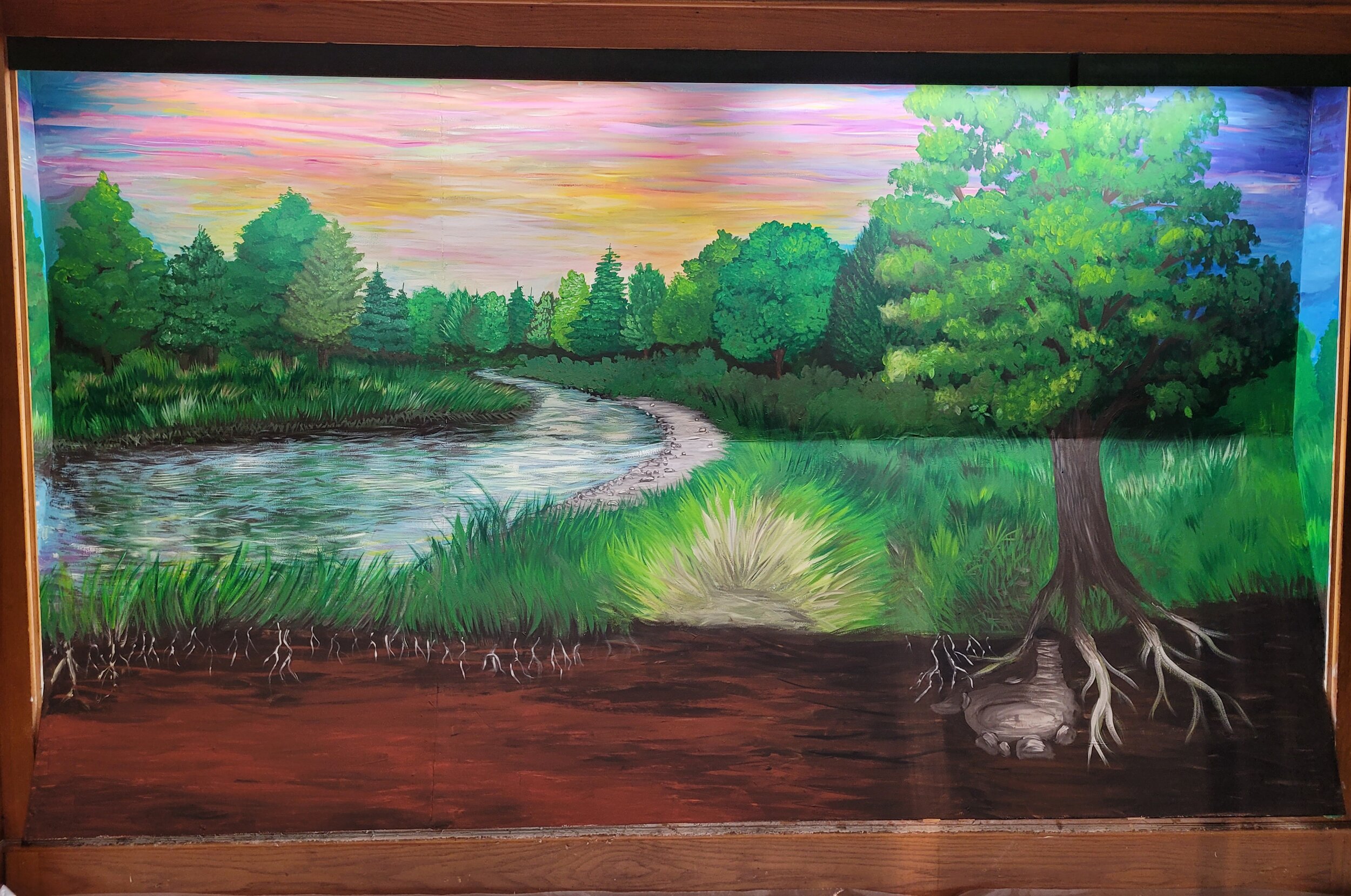
I’ve been doing some work lately with the Elgin Public Museum located within Lord’s Park in Elgin, Illinois. They asked me to paint a mural and some animals for an upcoming Endangered Illinois exhibit. This exhibit will feature plants, animals, insects and more that are considered endangered in the state of Illinois. Local school children will be painting their versions of these animals as well for the interactive part of the exhibit.
I started by painting the background mural of the fox river at Twilight. It took roughly 10 hours pf painting time to complete. See the 2 videos below to watch my process.
Elgin Public Museum Endangered Illinois Exhibit Background Mural Part 1
Elgin Public Museum Endangered Illinois Exhibit Background Mural Part 2
After the background was complete, I got to work on the endangered species themselves. Please see all the currently completed species Below along with a link to where you can learn more and information about the exhibit itself at the Elgin Public museum.
Northern Long-Eared Bat
This adorable little guy has had a 90% population decline over the past few years because habitat loss and a fungal infection known as White Nose Syndrome.
If you are interested in learning more about how you can help please visit www.Illinoisbats.org or www.batcon.org
If you’d like to visit the Endangered Illinois exhibit go to ElginPublicMuseum.org for hours and location (in Lord’s Park)
Rusty Patched Bumble Bee
These hairy brown butted cuties used to inhabit most of the Eastern United States. But have lost significant numbers and are down to the Northern Midwest and Virginia now. But you can help! Plant a beautiful garden with a variety of native flowering plants so that something is always blooming! Don’t spray pesticides on your grass or plants if you can avoid it and don’t disturb these fuzzy wonders when you see them.
Spike
This is a fresh water mollusk that I grew up seeing in my backyard in Gilberts, IL. This species has declined due to poor water quality in the area.
You can learn more at BiologicalDiversity.org
Northern Grape Fern
The leaves of this species grow on a stalk that also holds the sporophore, or spore-bearing leaf. They do not require pollination Fern spores can germinate after being eaten and excreted by slugs, crickets, caterpillars, reindeer and voles,
Swamp Metalmark
The Swamp Metalmark is a beautiful butterfly that prefers to dine on Swamp Thistle specifically. Since that Thistle is dwindling so are these butterflies.
One of the best ways you can help this and other similar endangered species in Illinois is to plant Native Flowers in your yard. Visit Native Plant Finder and type in your zipcode for a list of native plants you can plant to help stabilize the ecosystem.
Big Eye Shiner
This tiny fish is in trouble in Multiple states including Illinois and nearly extinct in West Virginia. Here is a map of the state keeping an eye on this species at NatureServe Explorer.
Cisco
The cisco is very sensitive to temperature fluctuations so you can imagine the trouble thee fish have been having in Illinois over the last decade or so.
Rock Elm
This tree can grow 50–100 ft tall, and may live for up to 300 years. It features wind-pollinated flowers of a red-green that grow up to 2 inches long from March to May depending on the trees location. The wood of the rock elm is the hardest and heaviest of all elms, and where forest-grown remains comparatively free of knots and other defects. It is also very strong and takes a high polish, and consequently was once in great demand in America and Europe for a wide range of uses, notably boatbuilding, furniture, agricultural tools, and musical instruments. The Rock Elm’s greatest threat is Dutch Elm Disease.
Blandings Turtle
This cute little guy with his fashionable pop of color is the Blandings turtle. These guys are suffering from habitat loss but you can help! Check out Kane County’s Adopt a Turtle to support Turtle conservation in Kane County, IL.
Franklin’s Ground Squirrel
Franklin’s Ground Squirrels are homebodies and they borrow down as low as 8 feet underground! And they eat dandelions when they emerge from hibernation in early spring so please leave some for them!
Grass Pink Orchid
This beautiful species is native to moist areas of Northern Illinois. Bumblebees and other large long-tongued bees are the primary pollinators of the flowers. Halictid bees, flies, butterflies, skippers, and beetles also visit the flowers occasionally, but they are unlikely to be effective at cross-pollination. Unfortunately this plant is suffering from habitat loss but you can get this flower from some specialty orchid growers.
Least Tern
The Least Tern is protective of their nest and dive bombs anyone or anything that get too close. They like to nest near water and they Males often bring fish back for their mates!
Northern Panic Grass
This species is found in moist forests, clearings, trails, shorelines and fields but is rare in many states including Illinois. It is poisonous to humans but the seeds of panic grasses are eaten by such upland gamebirds and songbirds as the Wild Turkey, Bobwhite, and various sparrows. The White-Tailed Deer and Cottontail Rabbit browse on the foliage occasionally as well.
Swainson’s Hawk
This Endangered bird is of the Raptor family. When they are raising their young they eat rodents snakes, and small birds. However at most seasons it feed heavily on large insects instead including grasshoppers, caterpillars and dragonflies.
Snowberry
This species can grow up to 6 meters tall and it’s fruits contain saponin, a naturally soapy substance with antioxidant and antimicrobial effects on the skin. Fresh berries can be crushed and rubbed on skin to cleanse and soothe; they also heal rashes and burns. Native Americans used the berries to clean their hair.
Common Mudpuppy
This species is one of the largest fully aquatic salamanders. It grows up to 17 inches in length and resembles a larval salamander at maturity as it never loses its external red to maroon colored bushy gills. and the size of their gills depends on the amount of oxygen in the water they live in. They have been known to live up to 30 years in captivity. The Mudpuppy is primarily nocturnal but can come up during the day and remains active even in winter in deeper water. They get their name from the grunting noise they make with their lungs which resembles the barking of a dog.
Short-Eared Owl
This species, also called the marsh or prairie owl, was among the most numerous before settlement in the state of Illinois but now its on the Illinois endangered species list. Their wingspan has been measured at up to 40 inches and they eat small rodents, bats and birds. Destruction of wetlands and grassland habitats are the biggest threats to Short-eared owls.
Kirtland’s Snake
This species is a shy, non-aggressive, non-venomous snake. It is endangered in several states but does not yet have federal protection. They are almost exclusively found in the Midwest and they live in relatively flat seasonally wets areas and they are suffering from loss of habitat.
Gray Wolf
Gray Wolves are often Killed by Hunters who are on Coyote hunts. From far away the Gray Wolf can appear similar to a Coyote but there are very few Gray Wolves left!
Come See the Endangered Illinois Exhibit!
Elgin Public Museum is located within Lords Park in Elgin. The exhibit will open 5/20/2023.
Visit the Elgin Public Museum website for more information about hours and location.
Thanks for checking out my artwork! If you want to sign up for my newsletter to find out when new art is available please click here.
If you want to see what’s available now, please click here.
Please let me know if the comments if you’d like to see this endangered species series continue after the Museum list has been completed. Do you want to see more Illinois Endangered Species or perhaps species from another State or even another country! Let me know!




















